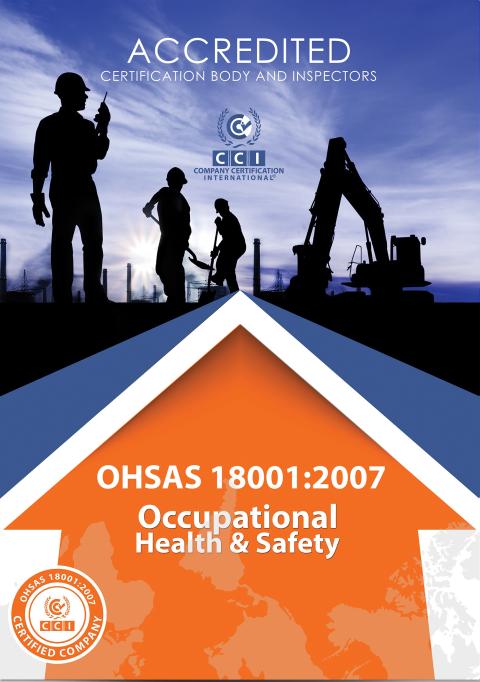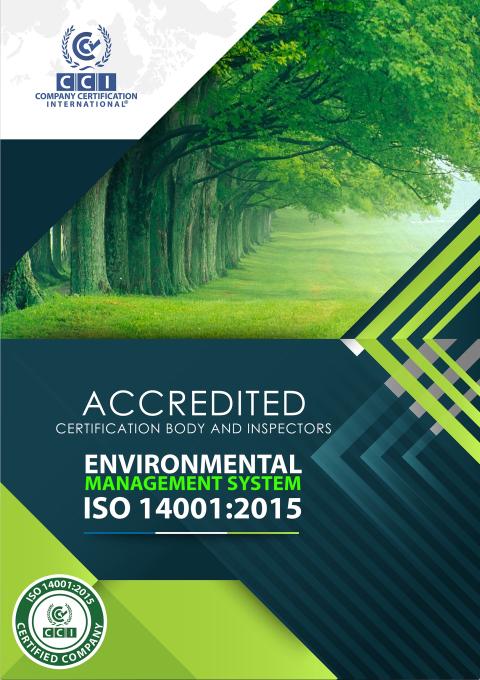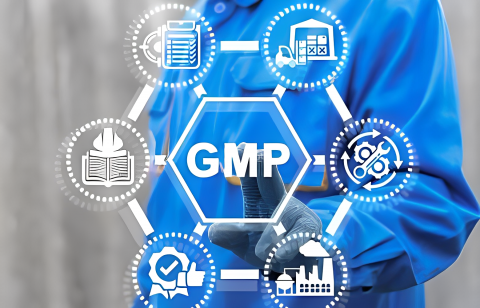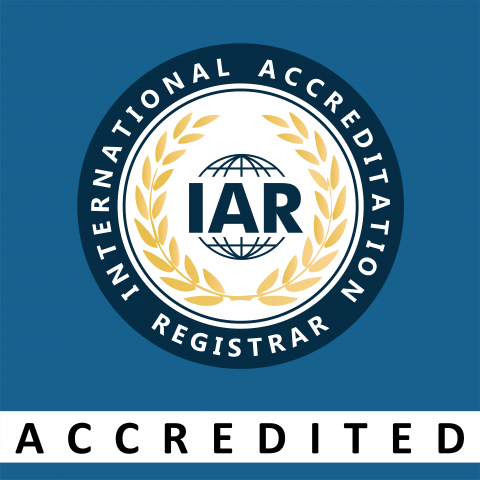ISO 37001 Anti-bribery Management System

WHAT IS ISO 37001?
ISO 37001 certification makes you bring your organization toward a better business environment. It makes your organization be capable of complying with globally recognized anti-bribery best practices and proves your competence toward implementing and managing an Anti-bribery Management System.
The Anti-bribery Management System which is based on ISO 37001, helps your organization prevent, detect, and address bribery towards a better ethical business culture.
ISO 37001, the Anti-bribery management system, specifies measures to help organizations prevent, detect, and address bribery. These include adopting an anti-bribery policy, appointing a person to oversee anti-bribery compliance, training, risk assessments, and due diligence on projects and business associates, implementing financial and commercial controls, and instituting reporting and investigation procedures.
Any organization, large or small, can use ISO 37001, whether it be in the public, private, or voluntary sector, and in any country. It is a flexible tool, which can be adapted according to the size and nature of the organization and the bribery risk it faces.









